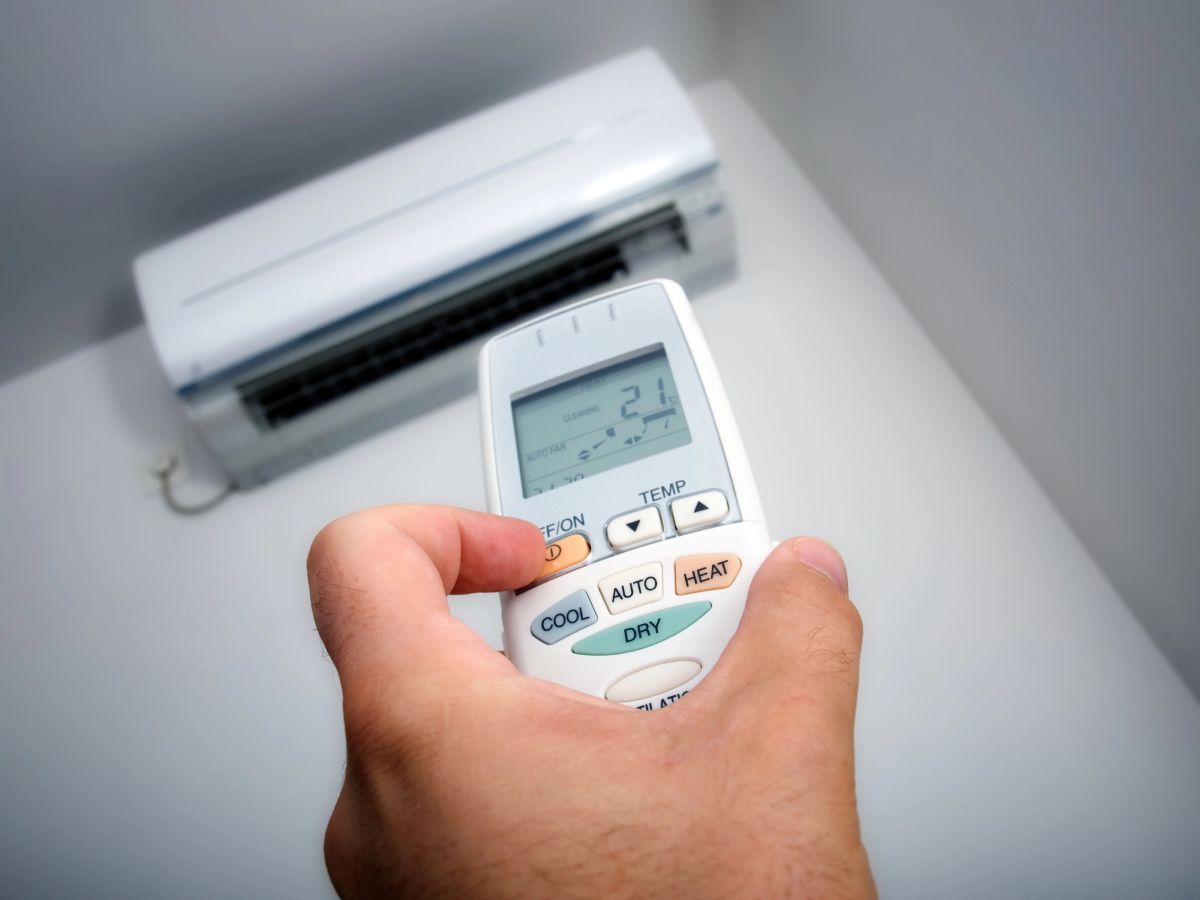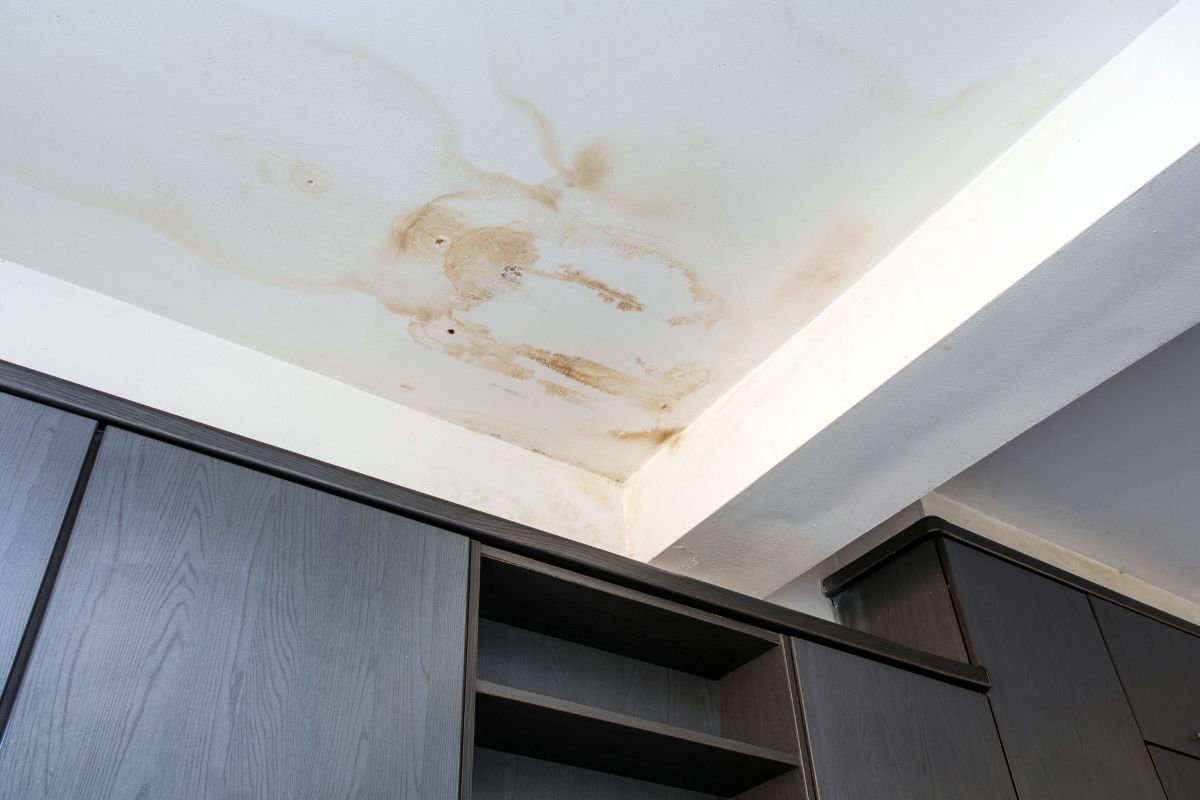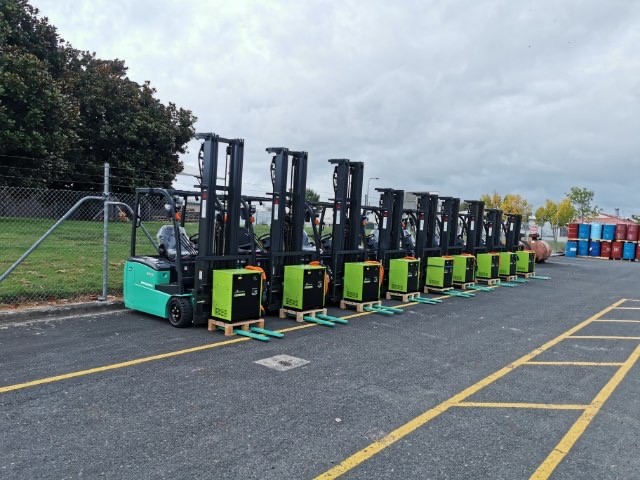Running a heat pump well is all about steady habits, especially when dealing with the sharp winter shifts typical of a Dunedin heat pump set-up. Many households set a temperature, hope for the best, and end up puzzled when the power bill climbs as soon as the frosts settle in. Heat pumps perform far better with a simple routine that supports consistent warmth rather than stop–start bursts of heating.
With the right settings and a bit of daily structure, comfort stays high while running costs stay predictable, even on the coldest mornings.
TL;DR
- Keep the heat pump in HEAT mode, not AUTO, to avoid temperature swings
- Aim for 20 to 22 degrees and hold it steady through cold snaps
- Use timers to preheat rooms before temperatures drop
- Clean filters regularly and keep the outdoor unit clear
- Stable settings, good airflow, and a simple daily routine keep running costs down
Why Heat Pump Efficiency Matters In Dunedin
Dunedin’s winter lows push heat pumps hard, especially during those frosty mornings that settle across the valleys. When overnight temperatures dip, systems spend longer pulling warmth from cold air, so any habits that strain performance show up quickly on the power bill.
Some common routines work against efficiency. Switching the unit off and on makes it fight to recover lost heat. Running AUTO mode causes the system to swap between heating and cooling, especially during mid-season days when outside temperatures fluctuate. Long gaps between cleans make airflow sluggish, which forces the unit to cycle longer and louder than needed.
The Best Way To Run A Heat Pump Through A Dunedin Winter
Stick To The Right Mode
HEAT mode gives the most consistent output during Dunedin’s cold months. AUTO mode often tries to interpret temperature changes and can start cooling unexpectedly, which leaves rooms chilly and forces the unit into long heating cycles to recover.
Choose The Ideal Temperature Range
A steady setting between 20 and 22 degrees is a reliable range for comfort and efficiency. Raising the temperature higher than 24 degrees forces the system into hard output, which shortens its life and drives up use with little benefit.
Hold The Temperature Instead Of Letting Rooms Freeze
Keeping a stable temperature takes less energy than starting from cold. A home that drops to 10 or 12 degrees overnight forces the heat pump into a long, high-power recovery cycle. Holding warmth prevents shock loads on the system and keeps indoor air more consistent.
Smart Heat Pump Settings For Dunedin Power Prices
Use Fan Speed To Your Advantage
Fan speed affects how quickly warm air spreads through a space. Medium or high settings help warm rooms evenly during frosty periods. Low fan speed feels quiet but slows heating, which keeps the unit running longer and raises energy use.
Use Timers To Smooth Heating Patterns
Timers help manage Dunedin temperature swings by warming spaces before the cold sets in. A morning preheat around one hour before getting up avoids the sudden demands that spike electricity draw. Evening timers create a smooth transition rather than sharp bursts of heating.
Know When ECO Or QUIET Mode Works Well
ECO mode helps maintain warmth once rooms are already heated rather than doing the heavy work of warming them from cold. QUIET mode suits night-time running when outdoor noise needs to stay low. These features reduce output, so they work best when the home is already comfortable.
For a deeper look at simple habits that boost efficiency, our guide on making your heat pump work smarter offers practical ways to reduce wasted energy.
A Simple Daily Routine For Lower Running Costs
Morning Routine
Start with a preheat cycle so the system brings rooms up to temperature before the frost bites. Check that airflow is clear and that curtains or blinds can open once the sun hits the windows to support natural warmth.
Daytime Habits
Keeping doors closed in unused rooms improves consistency. Reducing drafts around windows and under doors supports steady heating. Avoid constant temperature adjustments because the unit performs best with stable instructions.
Evening And Overnight Settings
Holding a moderate temperature overnight avoids the need for a heavy recovery in the morning. The system can run at a quieter fan speed once the home is evenly heated.
How Dunedin Housing Types Affect Heat Pump Performance
Older Villas And Weatherboard Homes
These homes often have drafts and inconsistent insulation. Prioritising key living spaces and holding a steady temperature gives a better result than trying to heat everything at once. Floor gaps and single glazing allow heat to escape quickly, so placement and airflow matter more here.
Brick Units And Small Flats
Smaller spaces warm quickly but can cool just as fast. Short cycling is common when units are oversized. Stable settings and good airflow help prevent frequent on-and-off behaviour that increases energy use.
New Builds And Modern Homes
Well-sealed spaces hold heat better, which allows for slightly lower temperature settings while staying comfortable. Balanced humidity and ventilation prevent stuffiness without forcing the heat pump into unnecessary cycles.
Maintenance That Keeps Running Costs Down
Filter Cleaning For Dunedin Conditions
Filters gather dust quickly, especially in homes near busy roads or coastal areas. Cleaning every four to six weeks keeps airflow strong and reduces strain on the system.
Care For The Outdoor Unit
The outdoor unit needs clear space to breathe. Winter winds can blow leaves and debris against the grille, and frost can build up if airflow is blocked. Keeping vegetation trimmed and footpaths clear helps the unit work efficiently.
When A Technician Should Check The System
Unusual noises, weak heat, long warm-up times, or sudden increases in power use are signs the system needs professional inspection. Catching small issues early stops them from turning into costly repairs or efficiency drops.
When Running Costs Spike And What That Means
Undersized Units In Cold Homes
A unit that never seems to stop running, struggles to reach temperature, or constantly shows ice on the outdoor coil is often too small for the space. Undersizing is common in older Dunedin homes with open layouts or poor insulation.
Heat Pumps Fighting Poor Insulation
Cold floors, drafts, and rapid temperature drop-offs point to insulation gaps rather than heat pump problems. Good insulation reduces workload and improves comfort at lower settings.
Declining Performance And Replacement Signs
Heat pumps lose efficiency with age. If filters are clean, settings are stable, and insulation is adequate, but performance continues to fall, replacement may be the better long-term option.
Running A Heat Pump The Right Way In Dunedin
Comfort and low running costs come from stability, airflow, smart scheduling, and awareness of how the home holds heat. Dunedin’s climate rewards a steady approach that avoids sudden demands on the system. A simple routine, clean filters, clear airflow routes, and consistent temperature settings make the biggest difference through winter.


